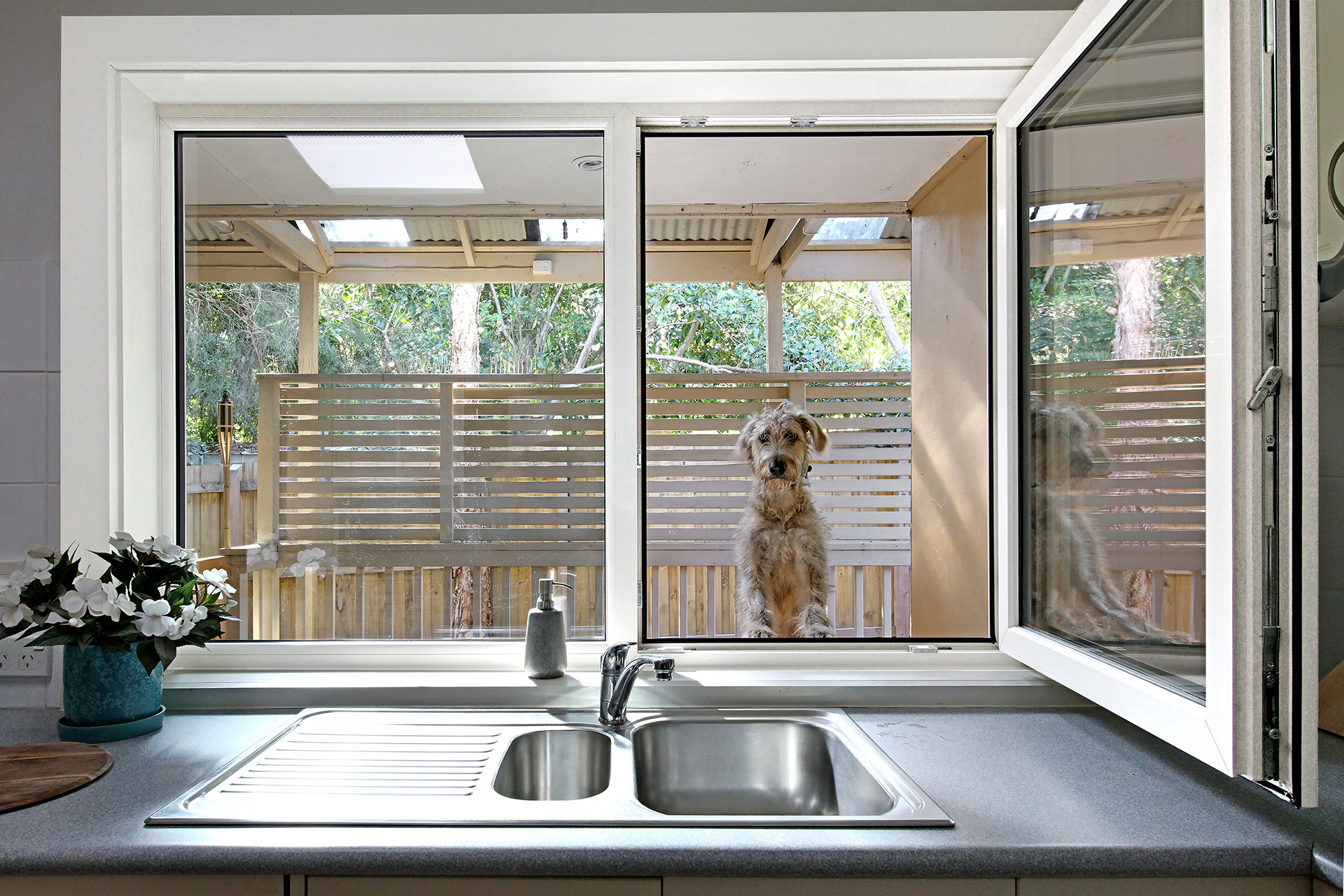All Categories
Featured
Table of Contents
Double Glazed Windows & Doors Melbourne & Sydney in Guildford Perth
Glazing merely means the windows in your home, including both openable and set windows, as well as doors with glass and skylights. Glazing in fact simply means the glass part, but it is typically used to describe all elements of an assembly including glass, films, frames and home furnishings. Paying attention to all of these elements will help you to accomplish effective passive design.

Energy-efficient glazing makes your house more comfy and dramatically decreases your energy costs. Improper or improperly developed glazing can be a significant source of undesirable heat gain in summer season and significant heat loss and condensation in winter. Up to 87% of a home's heating energy can be gotten and approximately 40% lost through windows.
Double-glazing Versus Low-e Glass in Willagee Western Australia
Glazing is a considerable investment in the quality of your home. A preliminary investment in energy-efficient windows, skylights and doors can significantly minimize your annual heating and cooling costs.

This tool compares window selections to a base level aluminium window with 3mm clear glass. Understanding a few of the crucial properties of glass will help you to choose the best glazing for your house. Key homes of glass Source: Adjusted from the Australian Window Association The quantity of light that passes through the glazing is called visible light transmittance (VLT) or visible transmittance (VT).
Double Glazed Windows: A Complete Guide in Tapping Perth
The U value for windows (revealed as Uw), explains the conduction of the whole window (glass and frame together). The lower the U worth, the higher a window's resistance to heat circulation and the much better its insulating value.
For example, if your home has 70m2 of glazing with aluminium frames and clear glass with a U worth of 6. 2W/m2 C, on a winter season's night when it is 15C cooler outside compared to indoors, the heat loss through the windows would be: 6. 2 15 70 = 6510W That is comparable to the overall heat output of a big space gas heating unit or a 6.
Why Should You Have Double-glazed Windows This Summer? in Kinross Western Australia

If you choose a window with half the U value (3. 1W/m2 C) (for instance, double glazing with an argon-filled gap and less-conductive frames), you can halve the heat loss: 3. 1 15 70 = 3255W The solar heat gain coefficient (SHGC) for windows (expressed as SHGCw) determines how readily heat from direct sunshine streams through an entire window (glass and frame together).
The lower a window's SHGC, the less solar heat it sends to the home interior. The real SHGC for windows is impacted by the angle that solar radiation strikes the glass.
Carnegie 3163, Vic. Amazing Service By Aps Double Glazing in Rockingham Western Australia
When the sun is perpendicular (at 90) to the glass, it has an angle of occurrence of 0 and the window will experience the optimum possible solar heat gain. The SHGC declared by glazing manufacturers is always computed as having a 0 angle of incidence. As the angle increases, more solar radiation is reflected, and less is transferred.
Latest Posts
Window Glazing For Households - Energy in Myaree WA
Why You Need Secondary Glazing In The Summer in Madeley WA
Secondary Glazing: Is It Worth It? in Applecross Perth